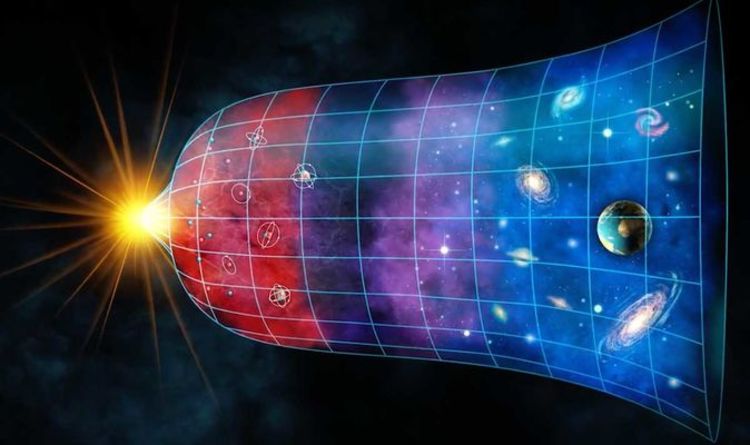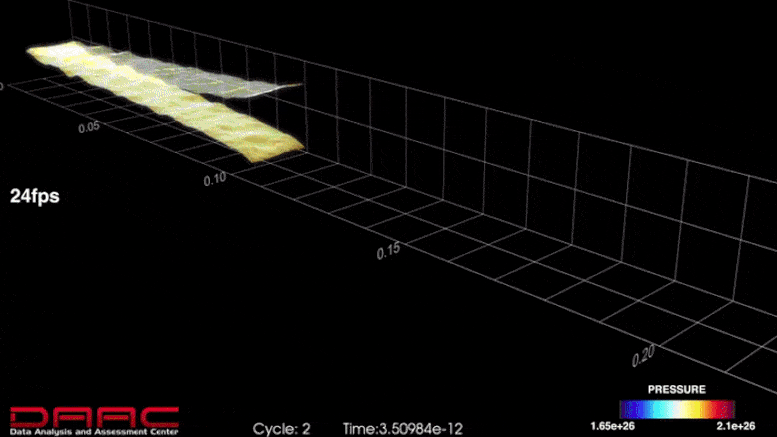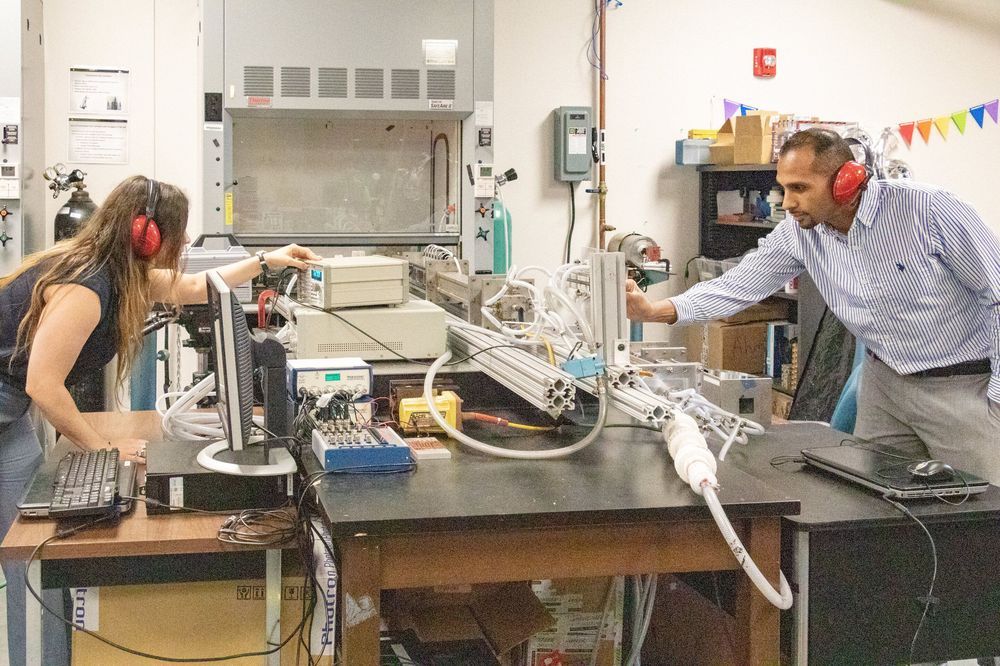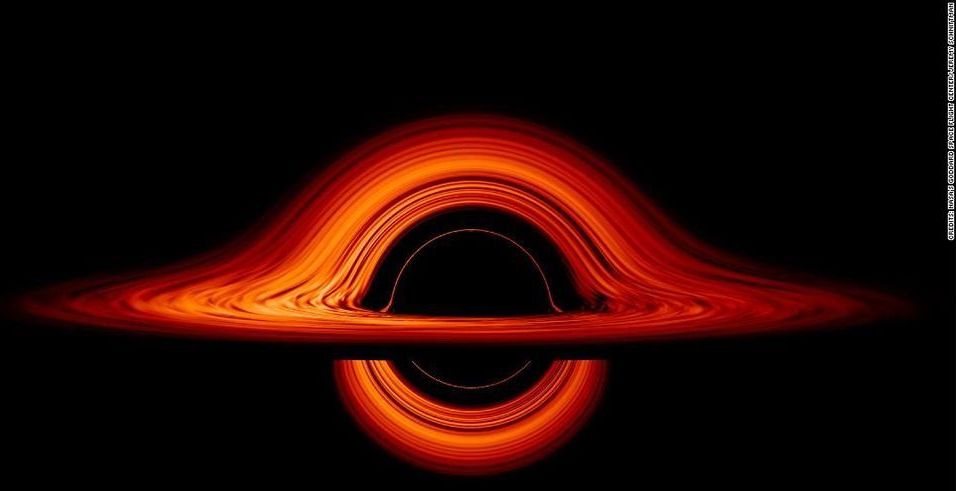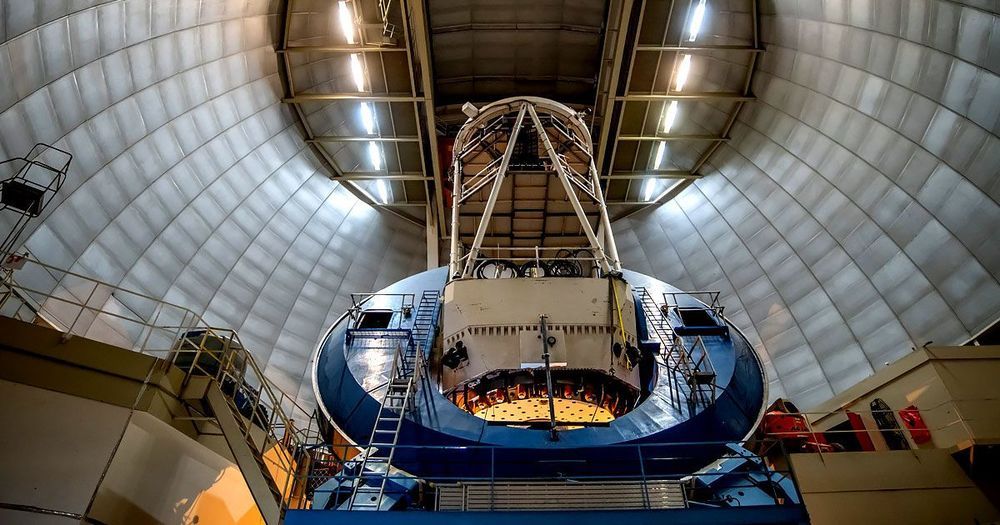The hunt for dark energy has gained a new weapon, with the first test of the Dark Energy Spectroscopic Instrument (DESI) being completed recently. DESI is installed atop the Nicholas U. Mayall Telescope at Kitt Peak National Observatory outside Tucson, Arizona and will search for evidence of the mysterious energy which makes up 68% of the universe and speeds up its expansion.
“After a decade in planning and R&D, installation and assembly, we are delighted that DESI can soon begin its quest to unravel the mystery of dark energy,” DESI Director Michael Levi of the Department of Energy’s Lawrence Berkeley National Laboratory said in a statement. “Most of the universe’s matter and energy are dark and unknown, and next-generation experiments like DESI are our best bet for unraveling these mysteries. I am thrilled to see this new experiment come to life.”
To compile the first image shown above, DESI used its 5,000 spectroscopic “eyes” which peer out into the night sky. Each eye can focus on a single object to take in the light it produces. In this case, the instrument collected data from a small region in the Triangulum galaxy.

